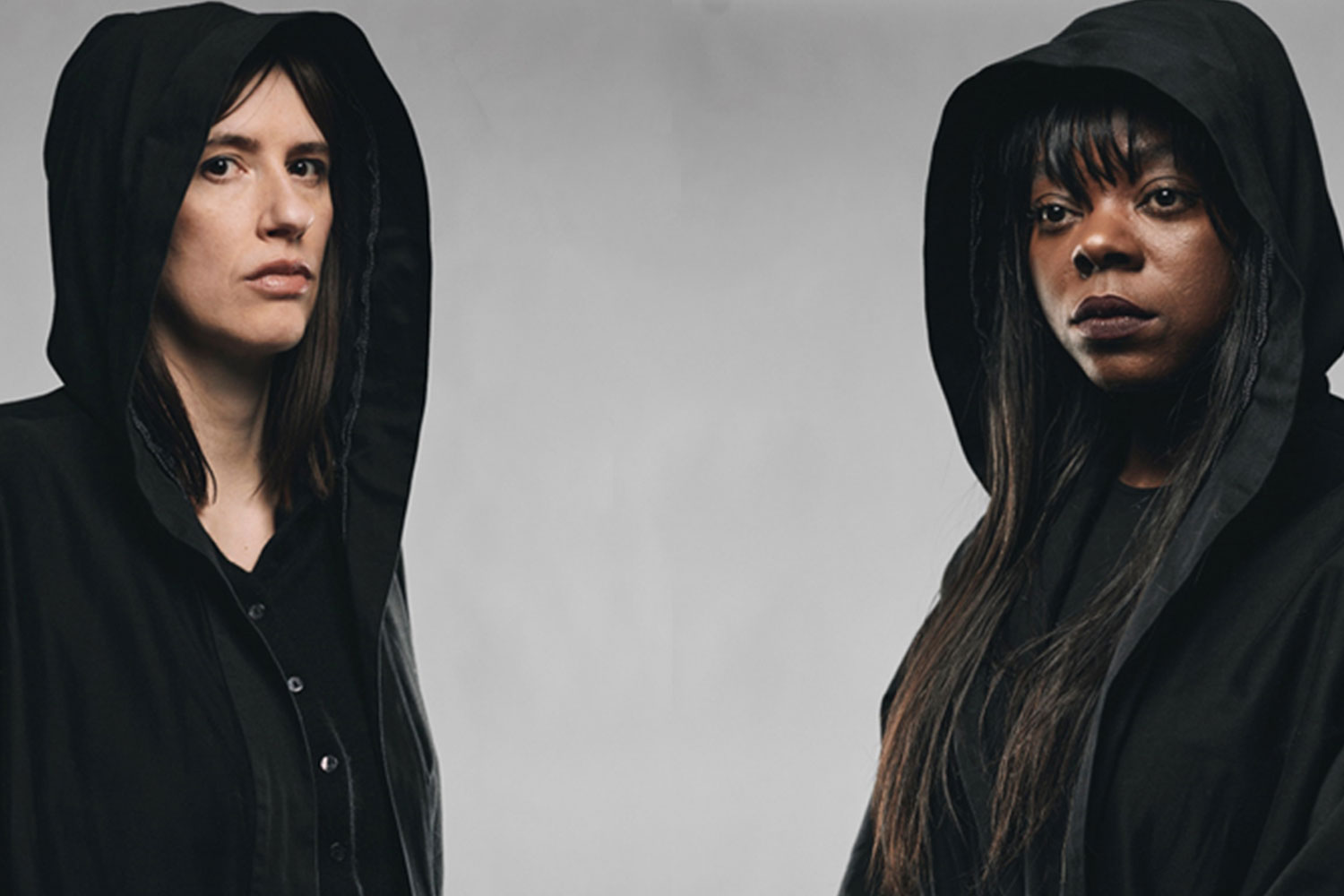Ring Round the Moon
The bittersweet plays of Jean Anouilh have lost whatever shaky foothold they once held in the British theatre, so Sean Mathias’ revival of this famous 1950 translation by Christopher Fry (first directed by Peter Brook, starring Paul Scofield) of one of the very best of them, does at least have a curiosity value. Does Ring Round the Moon stand up to modern scrutiny, for a start?
Enjoyable though the production is in parts, I’m not at all sure the answer comes as a positive. A pair of twins, Hugo and Frederic, one scheming and hedonistic, the other shy and forbearing, both played by the same actor – JJ Feild, best known to date for his television work, making his West End debut – are embroiled in a series of romantic liaisons by the light of a winter moon under the supervision of a wise old chatelaine.
Yes, I know. It sounds just like A Little Night Music, a show Mathias once directed at the National. It has the same sort of wry, cynical take on affairs of the heart and is, in a sense, set to music: the old lady, Madame Desmortes (Angela Thorne, evincing a wispy steeliness from the safety of her wheelchair) has issued invitations to a ball. The plangent music composed by Jason Carr wafts through the action.
The other guests include a parvenu chatterbox (brilliantly done by Belinda Lang, hardly drawing breath) and her beautiful daughter, Isabelle (pert newcomer Fiona Button), a dancer, who becomes the focus of the complots and the catalyst for change and resolution.
While Hugo manipulates Isabelle into a false relationship, she quietly falls in love Frederic. Mathias is not all that good at elucidating the details of the development, but they also involve a Jewish financier Messerschmannn (Leigh Lawson), and two vampish, disaffected society dames, India (Emily Bruni) and Diana (Elisabeth Dermot Walsh).
Colin Richmond’s setting is a rather functional conservatory, seemingly fitted out with a job lot of naked bulbs from Home Base, with sightlines that obscure Hugo’s extended occupation of a large window for about eighty customers in the left side stalls. The costumes, however, are where the money’s gone, conjuring the New Age designs of Dior and Balmain in shades of aubergine, mauve and discreet pink. JJ Field cuts a dashing figure in a midnight blue dinner suit, though his articulation is sloppy.
Kenneth Tynan described Oliver Messel’s design for the original London production as decorated in gossamer fired from an icing gun. This harsher visual treatment exposes the heartlessness of the play more effectively, and its class snobberies, without enforcing an argument for its magical qualities. The fireworks at the end are pregnant with foreboding, not jollity.
The highlights are the scenes staged as dance numbers (choreography by Wayne McGregor) and the sly exchanges between Madame Desmortes and her bird-like amanuensis (Joanna David) and between the butler Joshua (sepulchral, world-weary Peter Eyre) and everyone.
– Michael Coveney










